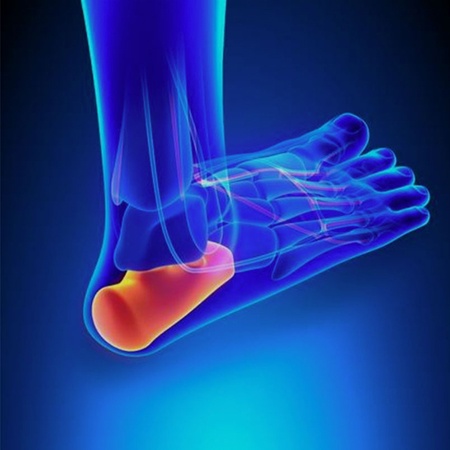Understanding Plantar Fibromas: Symptoms, Causes and Treatment Options

Plantar fibromas are benign tumors that form on the plantar surface of the foot, most commonly found in adults between 40 and 70 years old. These growths can range from small nodules to large masses and cause symptoms such as tenderness, pain, and a feeling of tightness or pressure when walking or standing.
Plantar fibromas can vary in size and may be located in a single area or multiple areas of the plantar surface. Symptoms of plantar fibromas include pain, tenderness, and swelling when pressure is applied to the affected area. Diagnosis is usually made through physical examination, imaging studies such as X-ray or MRI, and biopsy if needed.
Treatment Options
Fortunately, there are treatment options available for plantar fibromas that can reduce symptoms and help you manage pain. Depending on the severity and size of the plantar fibroma, treatments may include rest, physical therapy, medications such as nonsteroidal anti-inflammatory drugs (NSAIDs), steroid injections, and even surgery in some cases.
Physical therapy exercises may also be recommended to strengthen muscles around your plantar fascia which can help relieve pain from plantar fibromas. Some people have found relief from plantar fibroma pain by using natural remedies like castor oil packs or acupuncture treatments. Additionally, wearing supportive shoes with arch support or orthotics may provide relief from symptoms caused by plantar fibromas.
Prevention
There are steps you can take to prevent plantar fibromas from developing.
The first step is to wear supportive shoes with good arch support and cushioning. Wearing flat or poorly-constructed shoes can increase your risk of plantar fibromas by placing extra strain on your plantar fascia.
Additionally, avoid activities that involve repetitive motions such as running and jumping which could further aggravate the area over time. Lastly, if you experience any symptoms associated with plantar fibromas such as tenderness in the heel or arch area, make sure to rest and apply ice to reduce inflammation before it worsens into a full-blown tumor.
By following these simple steps, you can help ensure that plantar fibromas don’t become an issue for you down the road!
When Should I See a Doctor
If you experience any symptoms of plantar fibromas, such as a lump or knot in the bottom of your foot that is painful when touched and causes discomfort while walking and standing, it is important to seek medical attention.
Plantar fibromas are benign growths that can cause considerable pain if left untreated. It is best to consult with a doctor as soon as possible so they can diagnose the condition and recommend appropriate treatment options. A doctor may also be able to provide advice on how to manage any ongoing discomfort associated with plantar fibromas.
Plantar fibromas can be a painful and disruptive condition, but with the right treatment plan and lifestyle changes, you can reduce your symptoms and live more comfortably. If you are experiencing plantar fibroma-related pain or discomfort in your feet, it is important to consult a doctor for an accurate diagnosis and personalized treatment plan.
With early detection and proper medical care, plantar fibromas should not interfere too much with daily activities or cause long-term damage. Remember that prevention is key – take good care of your feet by wearing supportive shoes and stretching regularly to help minimize plantar fasciitis flare-ups!
Contact Sweeney Foot & Ankle today for diagnosis and treatment plans.






